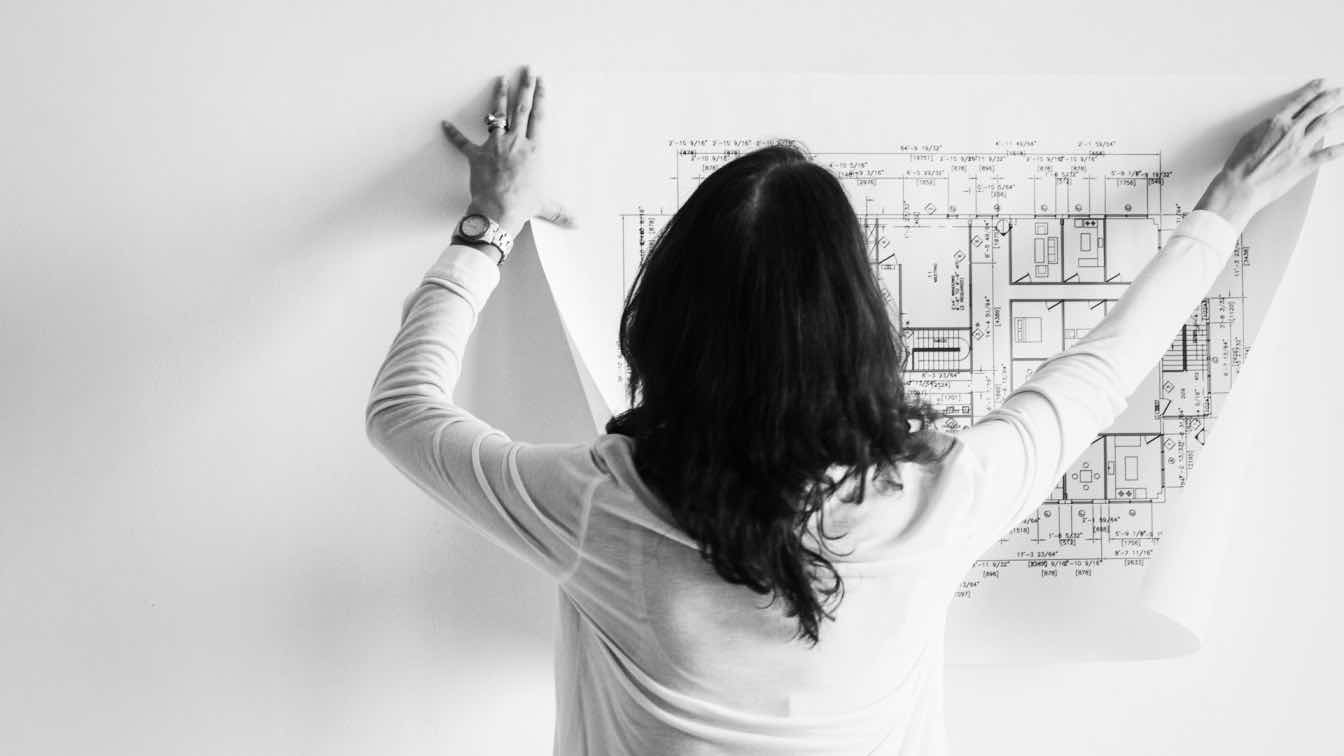Starting architecture school is like stepping into a world where creativity, precision, and hard work meet in an exciting fusion of theory and practice. If you’ve just embarked on this journey, you might feel both thrilled and a little overwhelmed. After all, architecture is not just about drawing buildings,it's about shaping the future of cities, spaces, and how people interact with their environment. To help you navigate this new chapter, here’s everything you must know as a first-year architecture student.
1. Embrace the Design Process: It’s Not Just About Drawing
One of the first things you’ll learn in architecture school is that design is a process, not just a final product. While it may seem like you’re spending endless hours sketching, building models, and working on computer programs, these tasks are part of the journey to understanding how spaces work.
In your first year, you’ll begin with foundational design principles,learning to think critically about space, form, and function. Each project will challenge you to consider the aesthetic, practical, and emotional aspects of a design. Get comfortable with the idea that your sketches, models, and ideas won’t always be perfect at first. The goal is progress, not perfection.
Tip: Don’t get discouraged by critique sessions. Feedback is essential in architecture school, and it’s all part of the learning process. Be open to it and use it to refine your ideas.
2. Time Management is Key
In architecture school, time management becomes one of your most important skills. With the heavy workload and tight deadlines, balancing studio projects, technical assignments, and exams can quickly become overwhelming. It's easy to lose track of time, especially when you're engrossed in creating detailed designs or refining models. That’s why staying organized and prioritizing tasks is essential. Break down larger projects into smaller tasks and set clear deadlines for each stage. Effective planning will not only help you stay on top of your coursework but also ensure that you don’t feel the pressure building up too much. Don’t hesitate to use digital tools, like calendars or task management apps, to help you track everything you need to do.
Smart students know that good time management isn’t about doing everything on your own - it’s also about delegating tasks when needed. Sometimes, handling multiple responsibilities can feel like too much, especially when projects require a lot of attention. If you ever find yourself overwhelmed by writing assignments or essays on top of your design work, seeking help can be a smart move. If you find yourself asking, "Can somebody do my essay online?", using an online writing service Edubirdie, can help free up time for more critical tasks like sketching or model building. By delegating certain responsibilities, you can focus on what truly matters in your studies, ensuring a better balance between work and personal life.
3. Master the Technical Skills
While creativity is key, architecture is also deeply rooted in technical knowledge. As a first-year student, you’ll be introduced to various tools and software that will become second nature over time. CAD (Computer-Aided Design) software, like AutoCAD or Revit, is widely used to draft architectural plans, while 3D modeling programs like SketchUp and Rhino help bring your ideas to life.
You will also need to understand the basics of construction techniques, materials, and engineering principles. You may find yourself working with building codes, safety regulations, and sustainability concepts that are essential for designing real-world structures. Don’t worry if all of this feels overwhelming initially,it’s normal. Architecture is a multi-disciplinary field, and learning how to integrate all the technical aspects into your designs is a gradual process.
Tip: Make sure to set aside time to practice your software skills outside of class. This will help you become more confident with the technical aspects of your projects.
4. Collaboration is Essential
Architecture isn't usually done by one person. Working with others is an important part of your education, whether you're working on group projects, getting comments from teachers, or working with other students. A lot of architecture projects need ideas from a range of people, and your coworkers are a great place to get those ideas off the wall.
It's possible that you'll have group projects in your first year that require you to communicate and find common ground. Now is a great time to practice working with others. This will help you get ready for the way architecture works in the real world, where people work together.
Tip: Take the initiative to get to know your friends. Help each other out, share what you have, and learn from each other. You will be amazed at how much you can learn from the ways your friends think and act.
5. Don’t Forget to Build a Solid Foundation in Theory
It's important to have design and technical skills, but you will also need to know about architecture's past and theories. You can expect to learn a lot about architecture history, theory, and philosophy in your first year. You can understand why buildings are built the way they are and how architecture has changed over the years by studying these topics.
It's also possible to look into various architectural styles, movements, and cultural impacts. Not only are these ideas important for your tests, but they will also help you think about design as you go through your studies.
Tip: Read the books you were given and talk about architecture with other people. These ideas will help you build your own as you further improve them.
6. Learn to Use Criticism to Your Advantage
Your teachers, critics, and peers will give you a lot of feedback while you are in architecture school. At first, this might seem scary. But as you get better as a designer, you'll understand how important it is to hear constructive feedback. Professors want you to do well, and the feedback they give you is meant to make you think more deeply and question what you think you know.
You can improve your ideas and problem-solving skills by responding to critiques. Pay close attention to the comments and ask questions if something isn't clear. Take it in stride and use it as a way to make your work better. No matter how good you are, you can always improve.
Tip: Take a step back and look at your project with new eyes before giving feedback. You might be able to see places where you need to improve before your teachers do.
7. Get Comfortable with the Studio Environment
If you are an architecture student, you will spend most of your time in the workshop. You can draw, build models, work with your classmates, and, of course, make your thoughts come to life there. The studio is a one-of-a-kind place that helps people be creative and get things done, but it can get serious, especially when due dates are coming up.
Most likely, you'll spend a lot of time in the studio during your first year, often late at night. Although it's important to get the most out of your practice time, it's also important to keep your mind and body healthy. Don't forget to eat well, rest, and take breaks when you need to.
Tip: Make your area your own! Making a place that inspires you will help you stay focused and motivated. This could mean organizing your tools or putting some motivational items on your desk.
Prepare for a Challenging but Rewarding Journey
Being an architecture student for the first time is both fun and hard. You'll have tough classes, a lot of work in the studio, and times when you question yourself, but the journey is also full of creative moments, new discoveries, and personal growth. Keep things in order, give yourself time, and enjoy the process of learning. Going to architecture school will make you think seriously and creatively in new ways.
Don't forget that every architect has to start somewhere. The things you learn in your first year will help you throughout your studies and job. You will be well on your way to becoming a great architect if you keep working hard and keep an open mind. Have fun on the ride!





